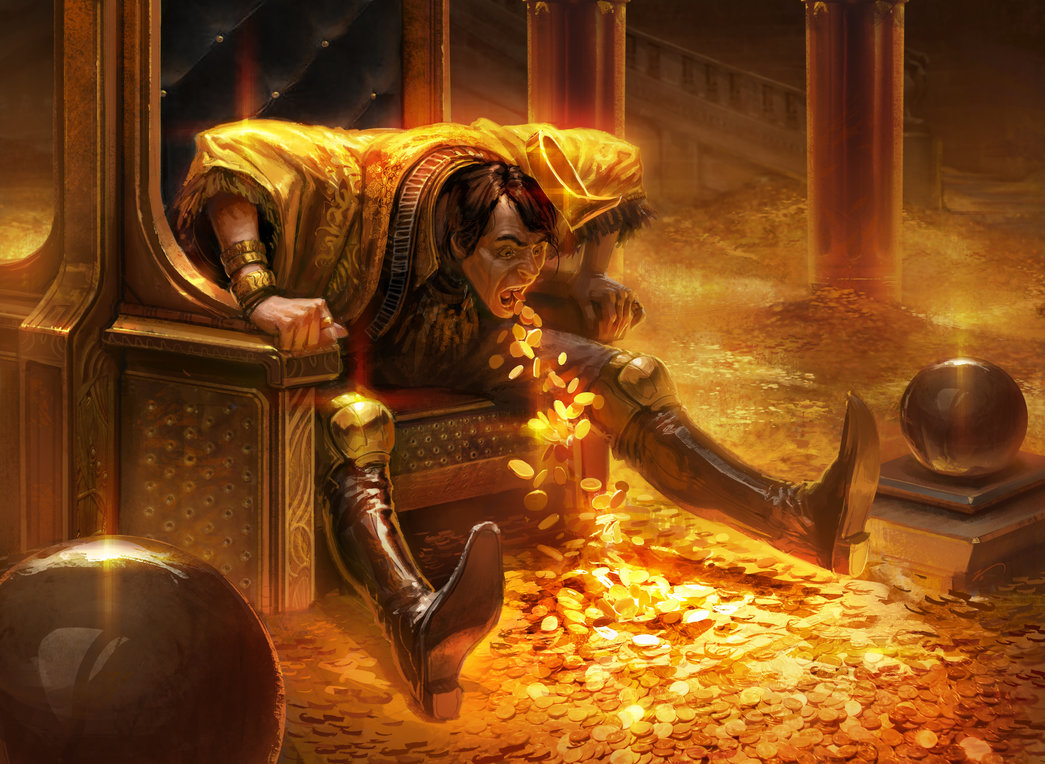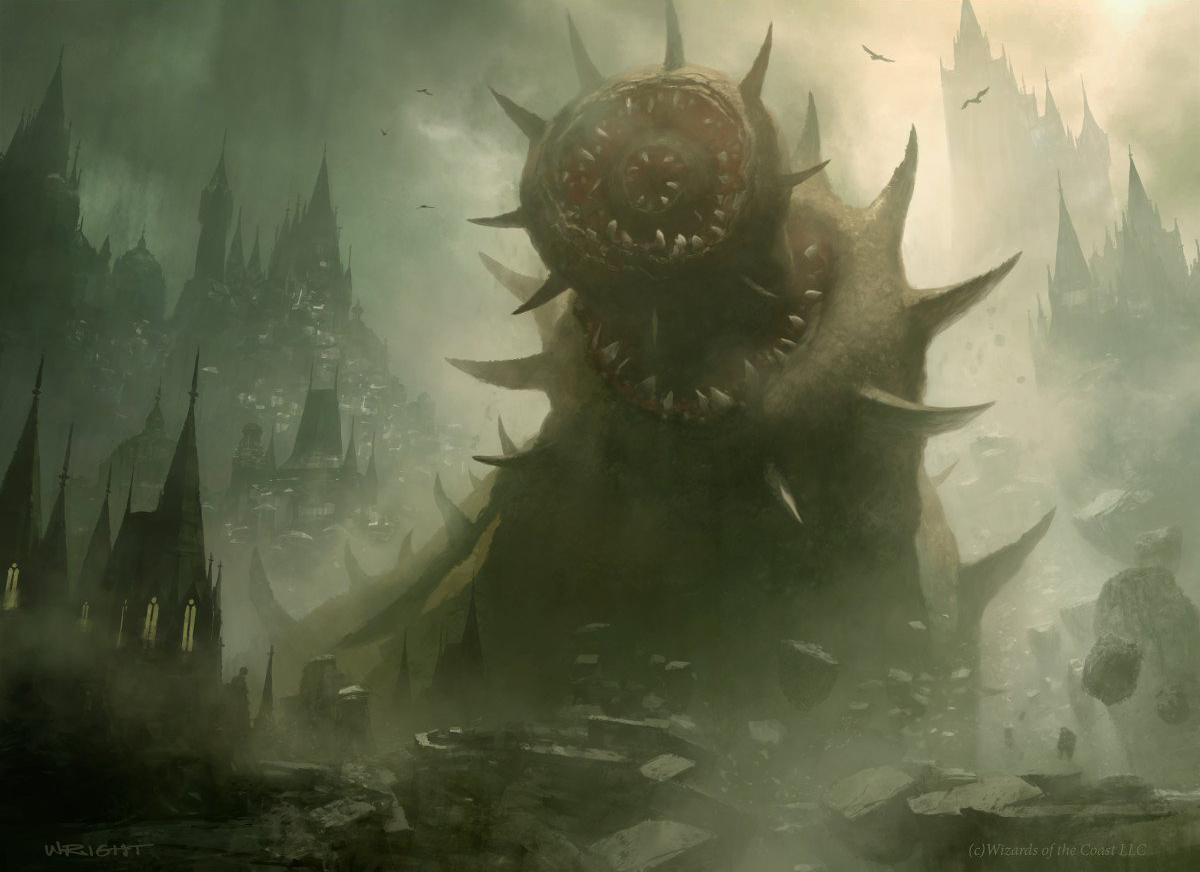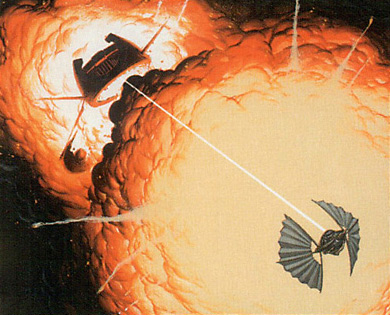Magic Card Market Theory
David has a year of tracked data to cover. What insights can we get from this?
It’s easy to calculate the market cap of a publicly traded company such as Hasbro. Sig explains how the same principle can be applied to the Magic market, and what it reveals.
Magic Arena is the future of Magic, but Adam argues that the growth of the digital game means great things for the paper market as well.
Price drops due to reprints can vary greatly in size. David lays out the factors at play before considering where the Guilds of Ravnica shocklands are likely to land.
This week Sig examines budget, time, and enjoyment as three vectors of Magic finance that dictate how you should set priorities to get the most out of the hobby.
Your speculations are only as good as the information behind them. Adam shares the key sources he uses to evaluate the Magic market and inform his decisions.
What’s the link between results from premier paper tournaments and MTGO prices? Adrian looks at a few high-profile examples to see what lessons we can learn.
On older cards, Sig has observed how a single vendor’s actions can be the catalyst for price shifts. Today he looks at the recent history and makes predictions for corrections to come.
Modern has taught us future demand can be hard to predict—and profitable if you do. Today David talks theory, and about the value of being ahead of the market curve.
David investigates how the fear of missing out has impacted the course of buyouts in the Magic market, along with some concrete examples.
The real estate market in Seattle is surprisingly reminiscent of recent Reserved List chatter int the world of Magic. Sig discusses the parallel and attempts to predict what’s to come.
Masters 25 is flooding us with supply, and card prices have already dropped. David considers the lessons to learn so far and which reprints are best suited as speculation targets.

















